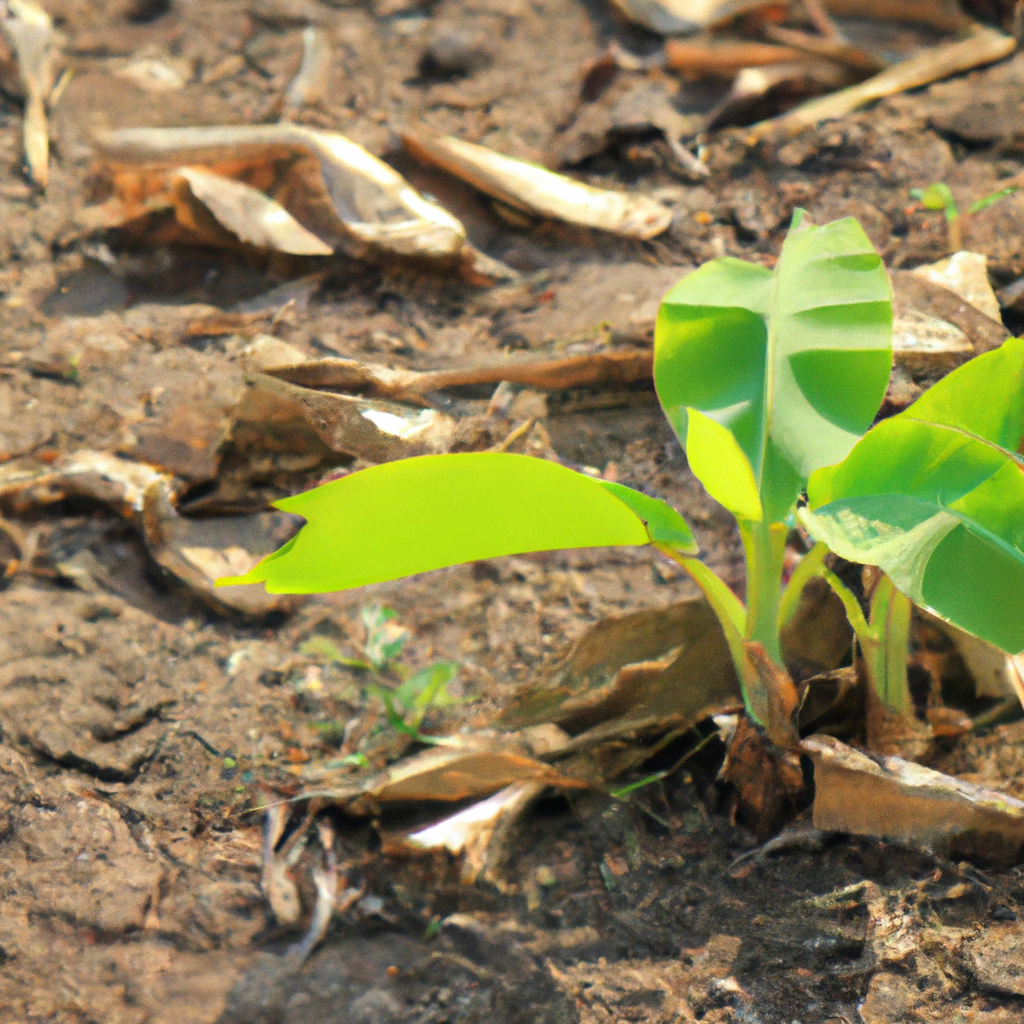The Green Truth Behind Bananas: Environmental Impact
The environmental impact of growing bananas involves several factors, such as land use, water consumption, pesticide use, and transportation. Let’s take a closer look at these aspects to better understand the overall impact of banana cultivation.
- Land use: Bananas are typically grown in tropical and subtropical regions, and their cultivation can lead to deforestation and loss of biodiversity. The conversion of natural ecosystems to banana plantations can disrupt local flora and fauna, while also reducing the ability of these ecosystems to absorb carbon dioxide and combat climate change.
- Water consumption: Banana plants require a significant amount of water for optimal growth. In some regions where water is scarce, the high water demand for banana cultivation can contribute to water stress and depletion of local water resources. This can lead to negative consequences for local communities and ecosystems that rely on these water sources.
- Pesticide use: Conventional banana farming often relies heavily on the use of pesticides and fungicides to control pests and diseases, such as the Panama disease and the Black Sigatoka fungus. These chemicals can have detrimental effects on the environment, polluting waterways, and negatively impacting non-target organisms, including beneficial insects and other species.
- Transportation: Since bananas are primarily grown in tropical regions, they must be transported long distances to reach consumers in other parts of the world. This transportation process contributes to greenhouse gas emissions, increasing the overall carbon footprint of bananas. Additionally, bananas are often shipped in refrigerated containers, which require energy to maintain the appropriate temperature during transport.
- Monoculture: Large-scale banana plantations often employ monoculture farming practices, which involve growing a single crop over vast areas of land. Monoculture can deplete soil nutrients, reduce biodiversity, and make the crop more susceptible to pests and diseases, thus increasing the need for chemical inputs.
To minimize the environmental impact of growing bananas, consumers can opt for bananas that are certified as organic, fair trade, or Rainforest Alliance-certified. These certifications typically indicate that the bananas have been grown using more sustainable practices, such as reduced pesticide use, better water management, and protection of local ecosystems. Additionally, supporting smaller, local banana producers, when available, can help reduce the carbon footprint associated with transportation.


